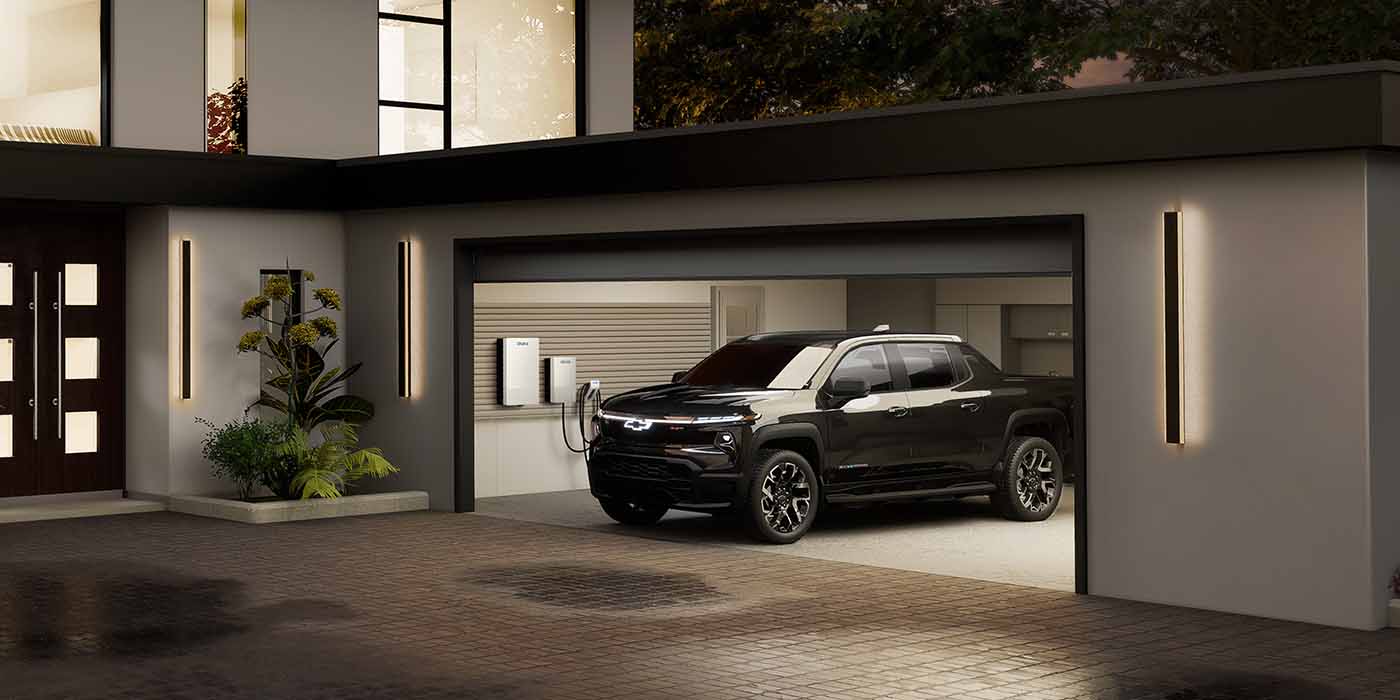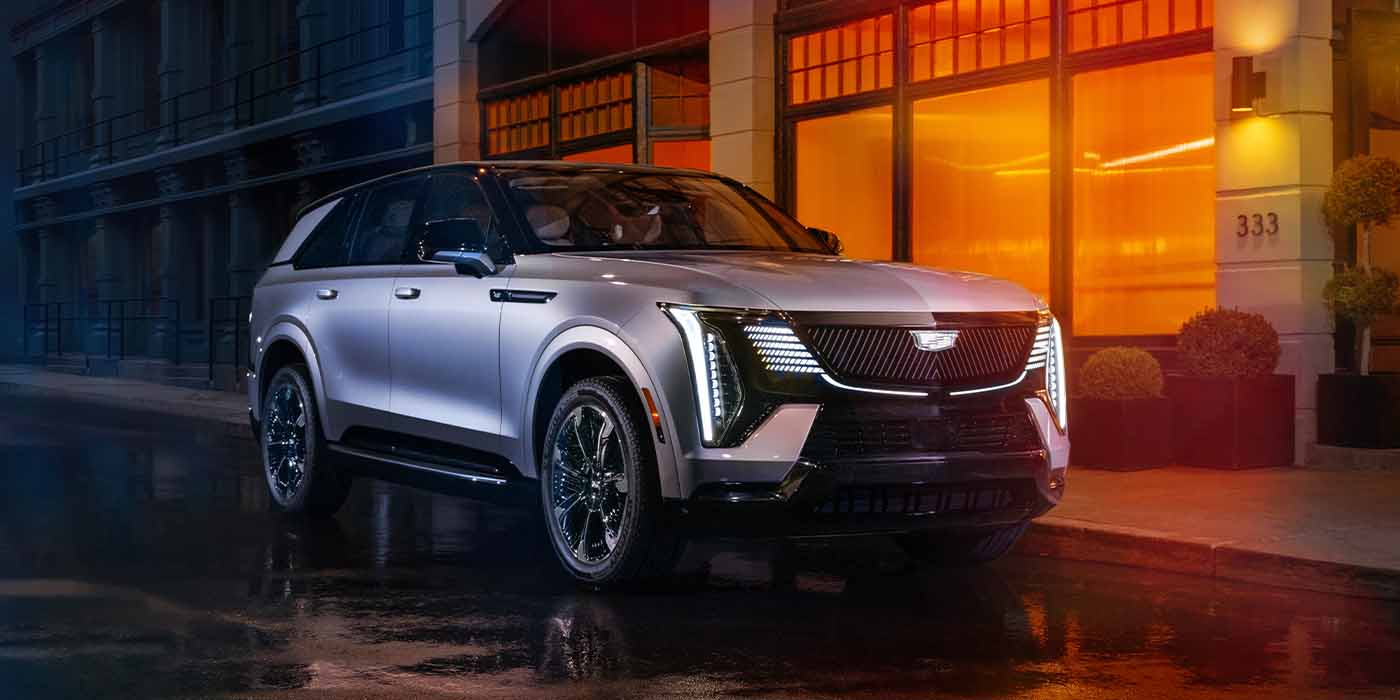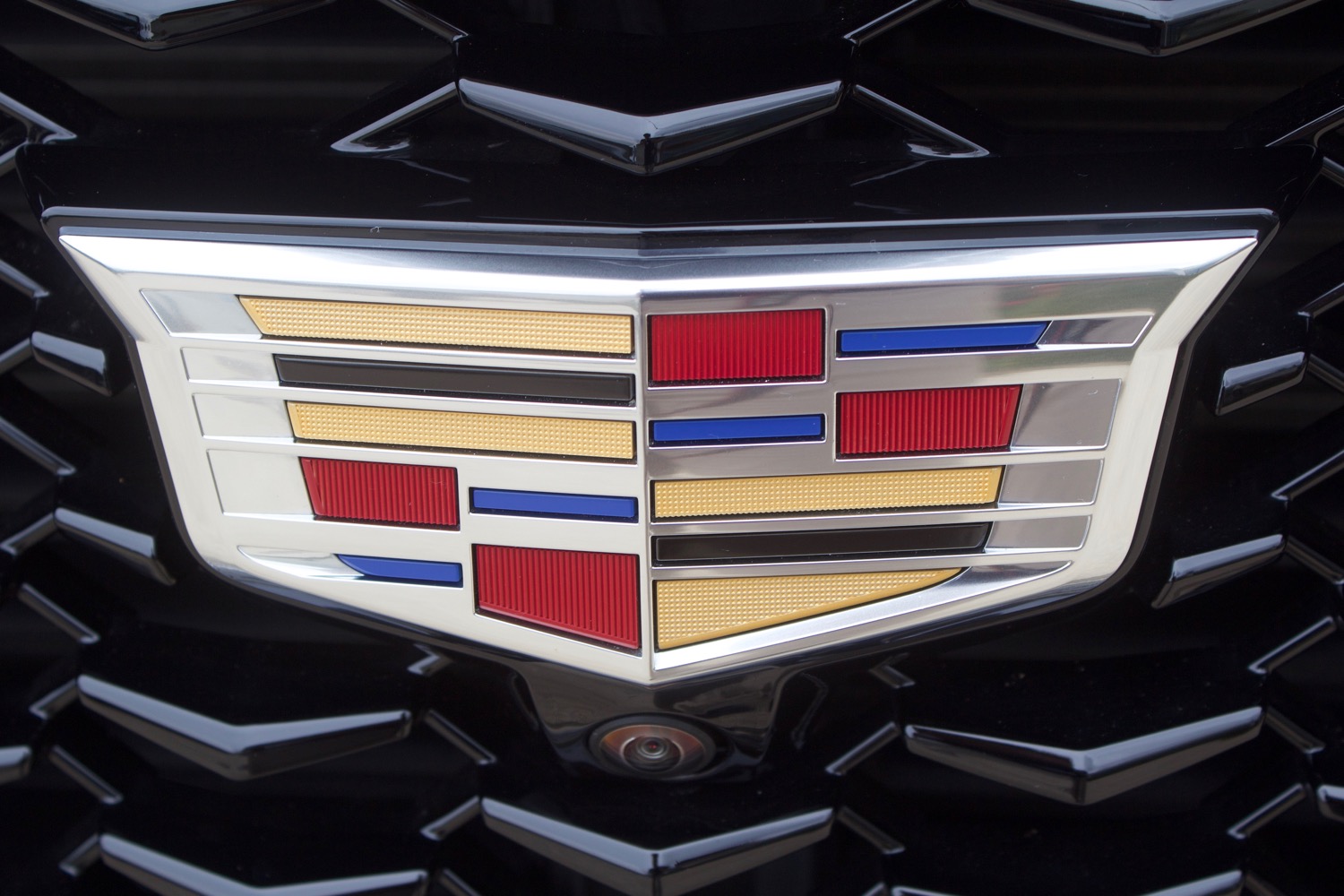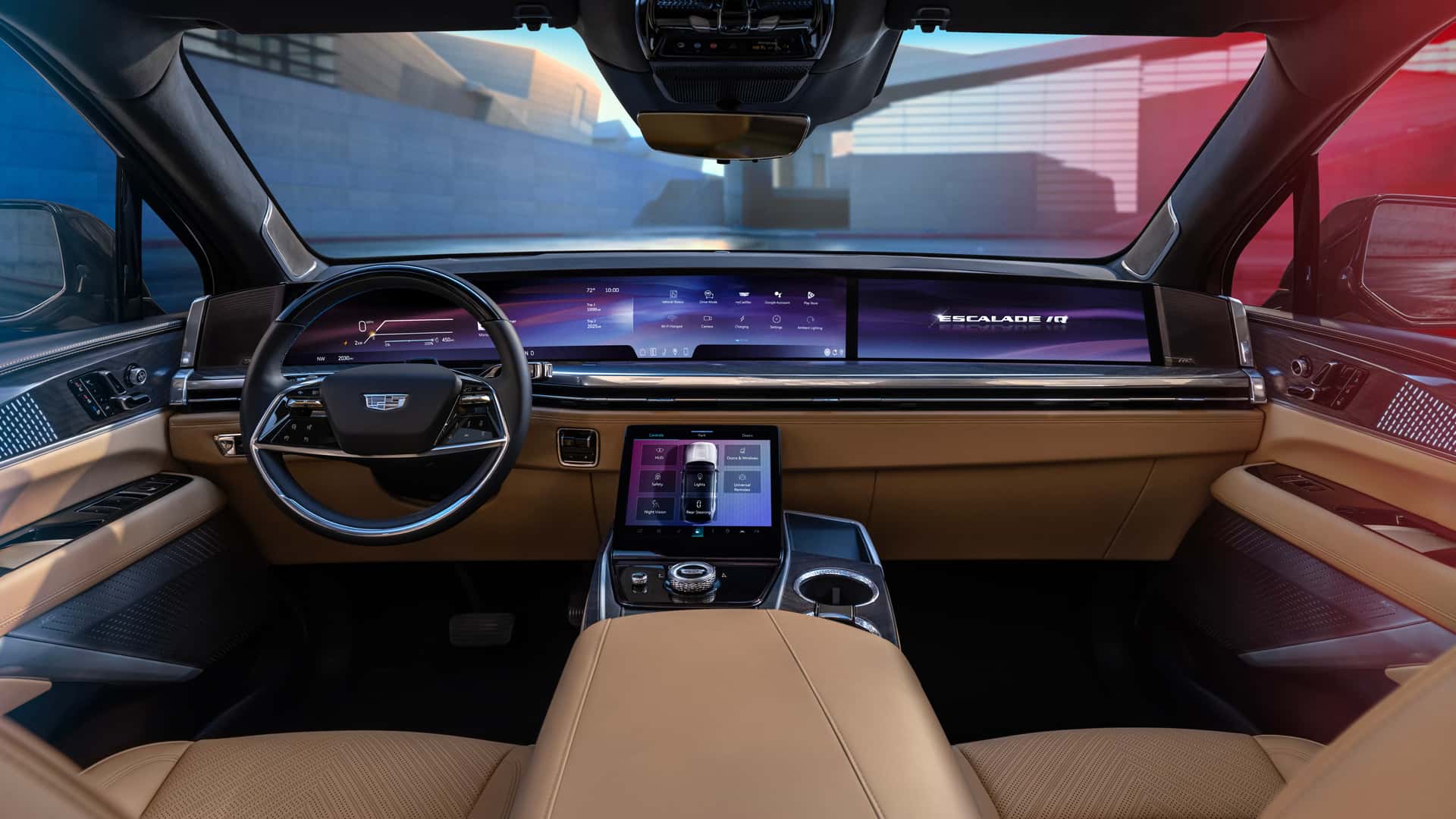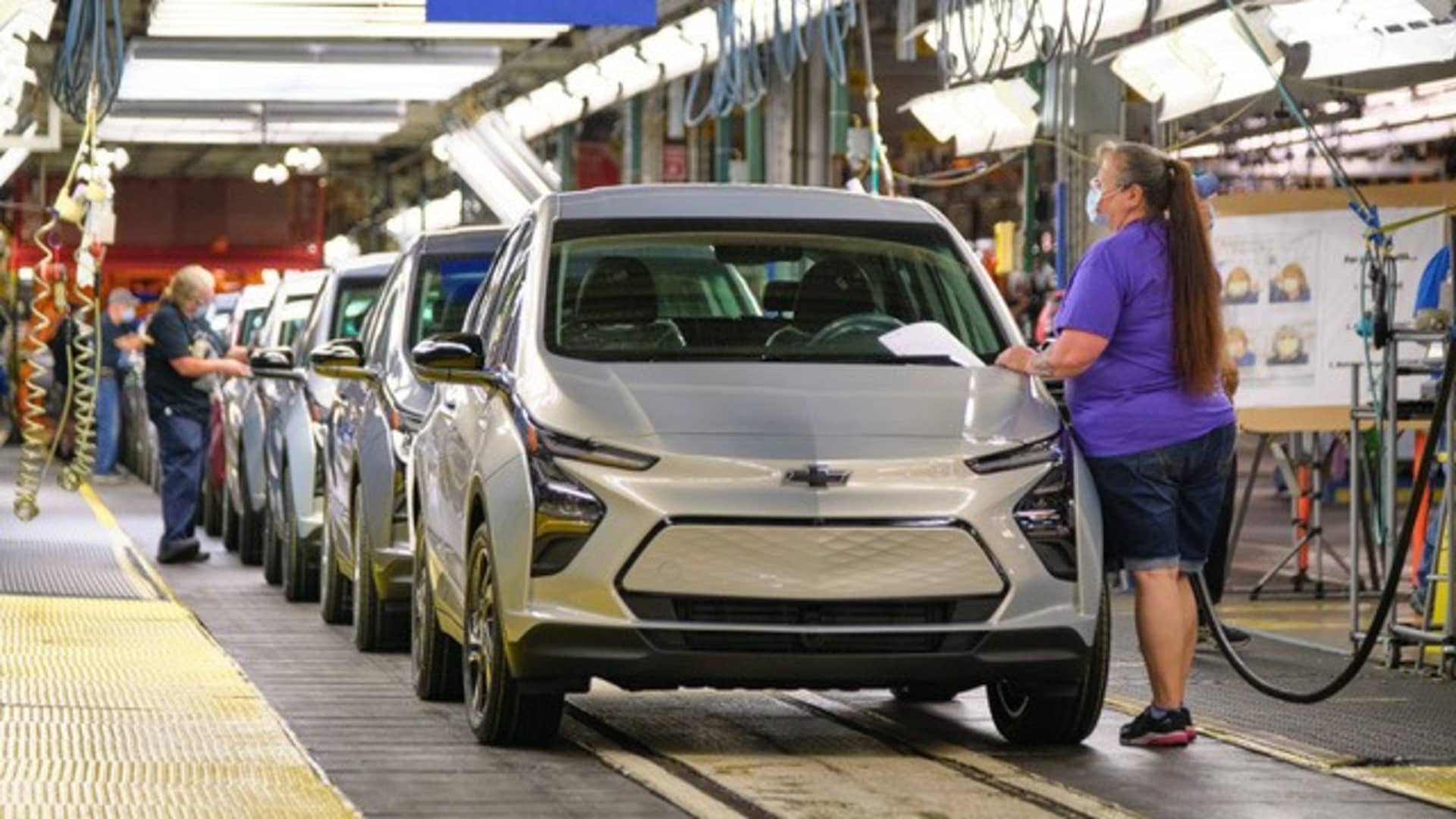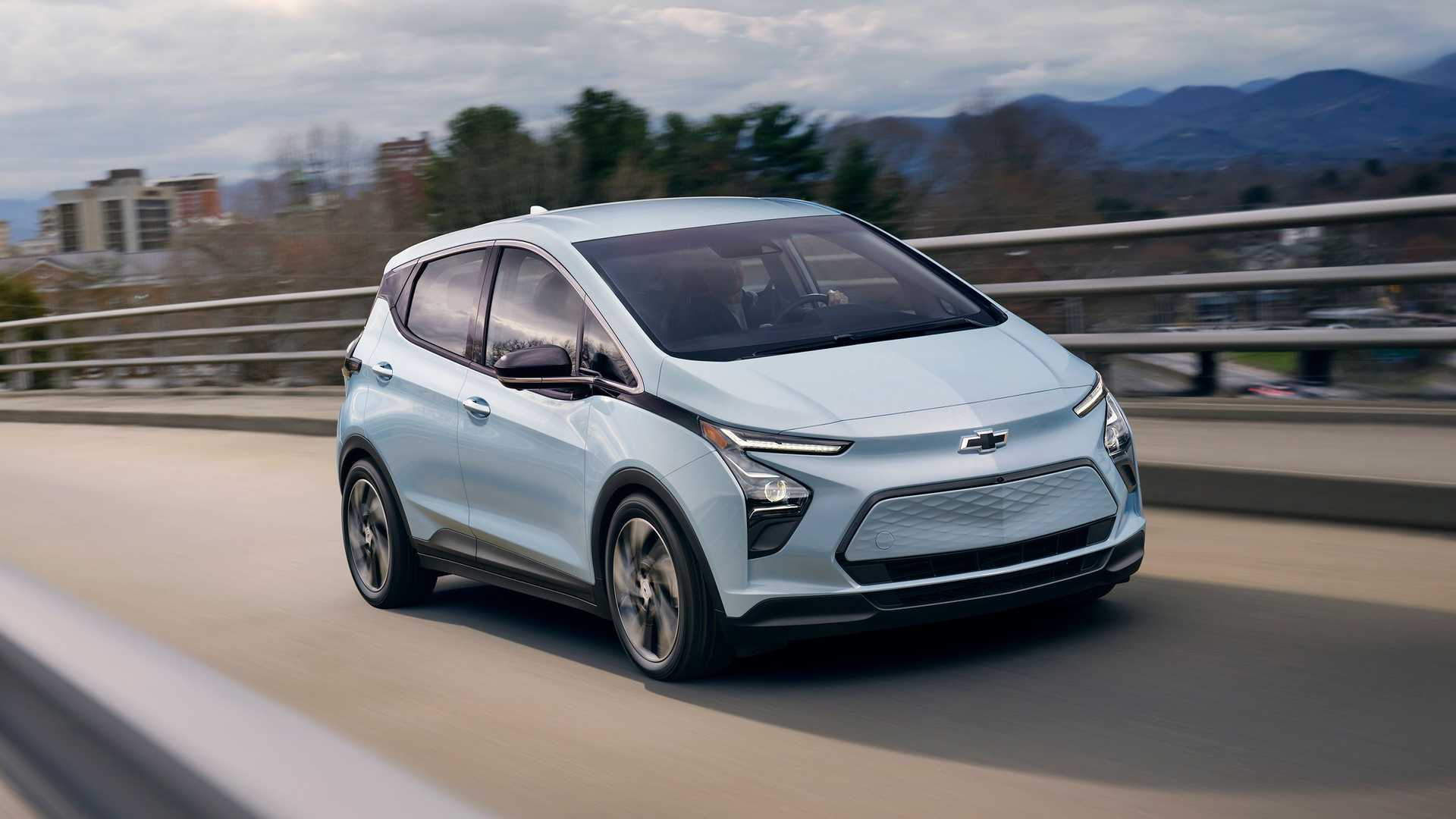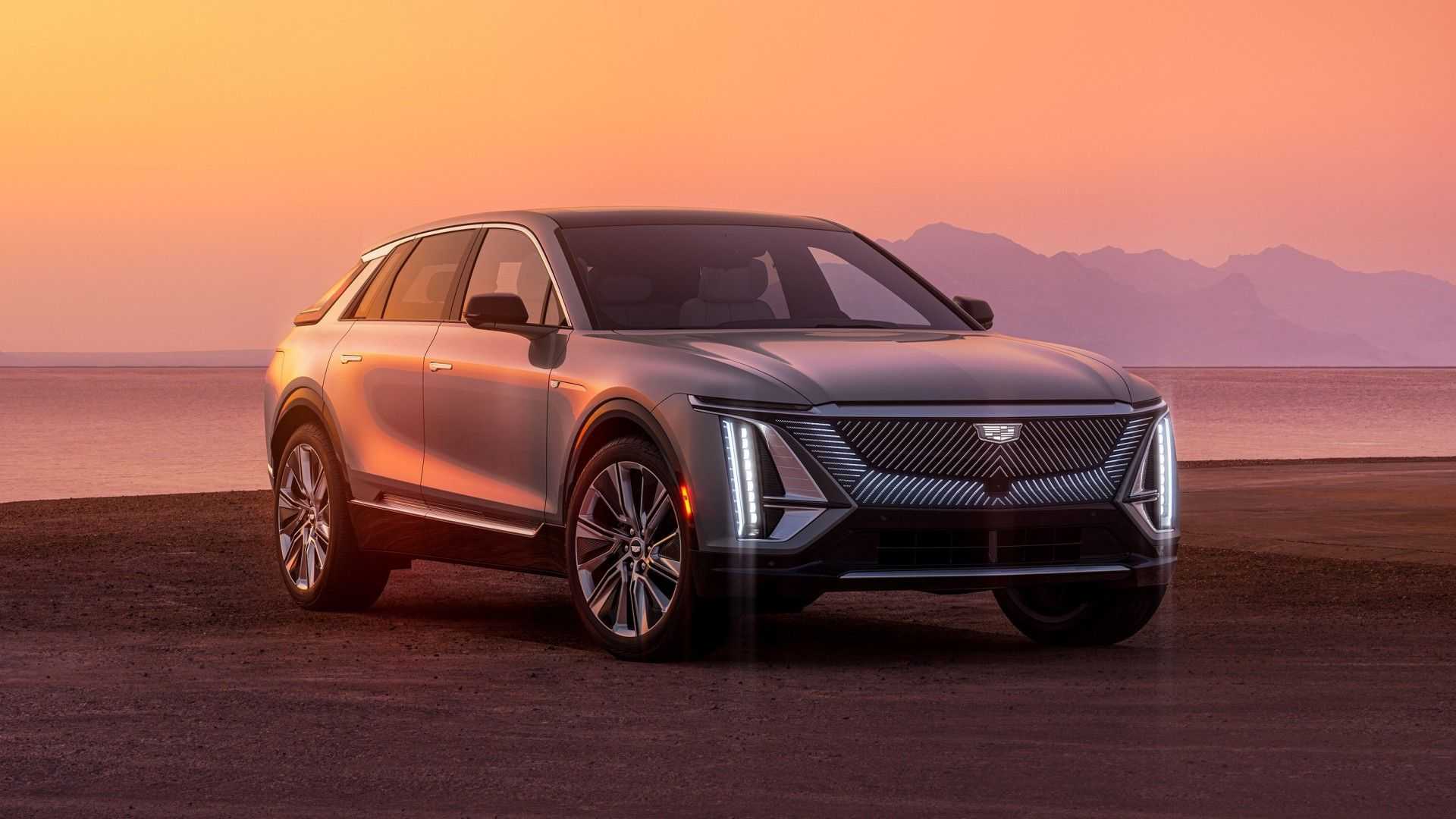In a recent development, General Motors (GM) has announced its plans to implement a vehicle-to-home (V2H) bidirectional charging technology across its entire range of Ultium-based electric vehicles by the model year 2026. The Ultium platform, comprising an innovative battery design, forms the core of GM’s electric vehicle strategy, supporting a diverse array of forthcoming vehicle models.
Wade Sheffer, the Vice President of GM Energy, highlighted the significance of this move, stating, “GM Energy’s growing ecosystem of energy management solutions will help accelerate GM’s vision of an all-electric future by further expanding access to even more benefits that EVs can offer.” This extension of the V2H technology aims to provide consumers with a range of advantages that extend beyond the vehicle itself, marking a pivotal step toward a broader implementation of this groundbreaking innovation.
See also: GM Plans to Launch Seven Ultium-Based EVs in 2023 to Compete with Tesla and Rivals
The V2H technology, following a successful pilot phase conducted in collaboration with Pacific Gas and Electric Company in California, is set to debut in the upcoming 2024 models. The initial lineup includes the 2024 Chevrolet Silverado EV RST, the 2024 GMC Sierra EV Denali Edition 1, the 2024 Chevrolet Blazer EV, the 2024 Chevrolet Equinox EV, the 2024 Cadillac Lyriq, and the forthcoming Cadillac Escalade IQ, which is scheduled for a reveal on August 9.
GM’s foray into V2H technology is under the purview of its new business division, GM Energy, launched in October 2022. This unit is focused on introducing a range of energy-related products tailored for residential, commercial, and utility customers. Among its offerings are stationary energy storage solutions, solar energy solutions in collaboration with SunPower, and the bidirectional charging technology itself.
Customers interested in utilizing the V2H technology will be required to acquire the Ultium Home V2H Bundle, encompassing GM’s PowerShift Charger and a V2H enablement kit. These hardware components are supported by GM’s Energy Cloud software platform, enabling users to efficiently manage energy flow between their vehicles and residences. Pricing details for these energy products are yet to be disclosed by GM.
See also: Tesla Considers Bidirectional Charging In Next Two Years
Although Tesla does not currently offer bidirectional charging, GM’s strategic entry into the energy sector follows a similar trajectory laid out by Elon Musk’s Tesla. GM’s stationary energy storage solution bears resemblance to Tesla’s Powerwall product, which is compatible with the company’s solar panels. While Tesla reported a decline in solar sales during the second quarter, its energy storage business continues to thrive.
In conclusion, GM’s decision to incorporate V2H technology across its Ultium-based electric vehicle lineup represents a significant stride towards energy innovation, aligning with the automaker’s overarching vision of an electrified future.

